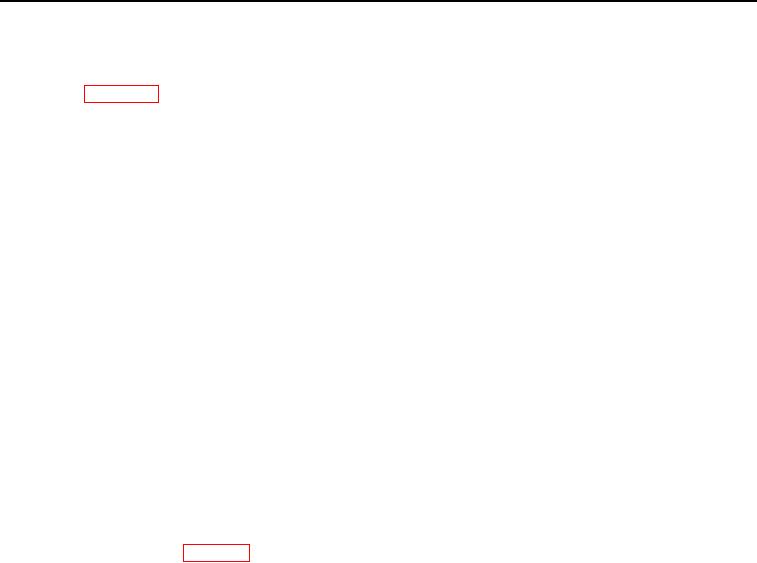
TM 5-3805-292-23
0008
GENERAL PMCS PROCEDURES
0008
Always perform PMCS in the same order so it gets to be a habit. Once you have had some practice, you will spot
anything wrong in a hurry. If the equipment does not perform as required, refer to the appropriate troubleshooting
procedure in Chapter 2.
If anything looks wrong and you cannot fix it, write it on your DA Form 2404 or DA Form 5988-E. If you find some-
thing seriously wrong, IMMEDIATELY report it to your supervisor.
Before performing preventive maintenance, read all the checks required for the applicable interval and prepare all
that is needed to make all the checks. You will always need a clean rag or two.
Keep Equipment Clean. Dirt, grease, oil, and debris get in the way and may cover up a serious problem.
Clean as you work and as needed. Use solvent cleaning compound on all metal surfaces. Use detergent and
water when you clean rubber, plastic, and painted surfaces. Spot paint as required to prevent corrosion.
Hazardous Waste Disposal. Ensure all spills are cleaned up and disposed of IAW local policy and ordi-
nances.
Rust and Corrosion. Check metal parts for rust and corrosion. If any bare metal or corrosion exists, clean and
apply a light coat of lubricating oil. Report it to your supervisor. Measures included in these procedures for the
prevention of corrosion and degradation are mandatory.
Bolts, Nuts, and Screws. Check for obvious looseness, missing, bent, or broken condition. Look for chipped
paint, bare metal, or rust around bolt heads. If you find one is loose, tighten it. Report loose, missing, or dam-
aged bolts, nuts, and screws to your supervisor.
Welds. Look for loose or chipped paint, rust, or gaps where parts are welded together. Report a bad weld to
your supervisor.
Electrical Wires and Connectors. Look for cracked or broken insulation, bare wires, and loose or broken
connectors. Report loose connections and faulty wiring to your supervisor.
Hoses, Lines, and Fittings. Look for wear, damage, and signs of leaks. Check for loose clamps and fittings.
Wet spots indicate leaks, but a stain around a fitting or connector can also mean a leak. If a leak comes from a
loose fitting or connector, tighten it. If something is broken or worn out, correct it if authorized by the Mainte-
nance Allocation Chart (WP 0178). If not authorized, notify your supervisor.
Fluid Leakage. It is necessary for you to know how fluid leakage affects the status of your machine. The fol-
lowing are definitions of the types/classes of leakage you need to know to be able to determine the status of
your machine. Learn and be familiar with them and remember: when in doubt, notify your supervisor.
C AU T I O N
Operation is allowable with Class I and Class II leakage, except for fuel, where no leaks
are allowed. When in doubt, notify your supervisor. When operating with Class I or Class II
leaks, check fluid levels more frequently. Class III leaks must be reported immediately to
your supervisor. Failure to do this will result in damage to machine and/or components.
N OT E
Notify your supervisor of any leaks you cannot fix.
Leakage Definitions for Field PMCS
Class I
Leakage indicated by wetness or discoloration, but not great enough to
form drops.
Class II
Leakage great enough to form drops, but not enough to cause drops to
drip from the item being checked/inspected.
Class III
Leakage great enough to form drops that fall from the item being
checked/inspected.
END OF WORK PACKAGE
0008-2

